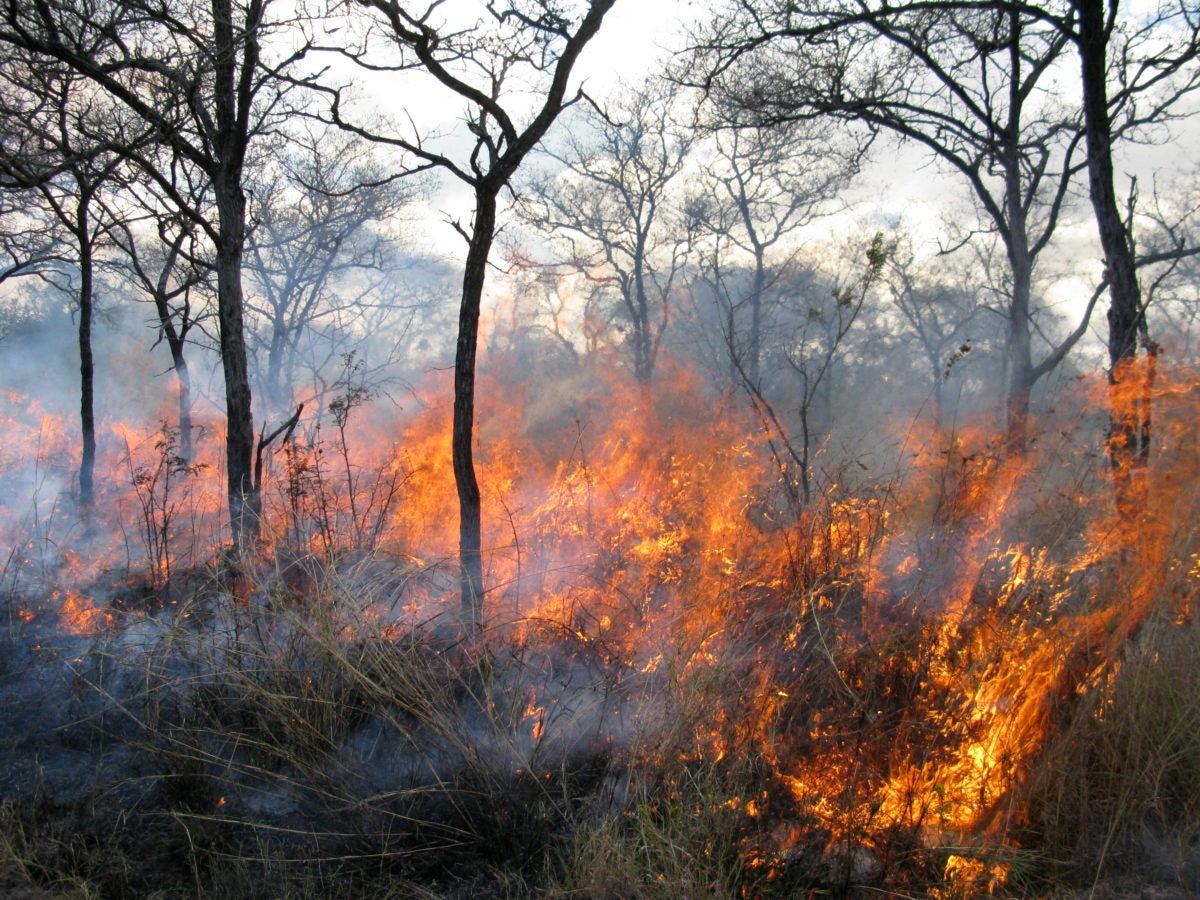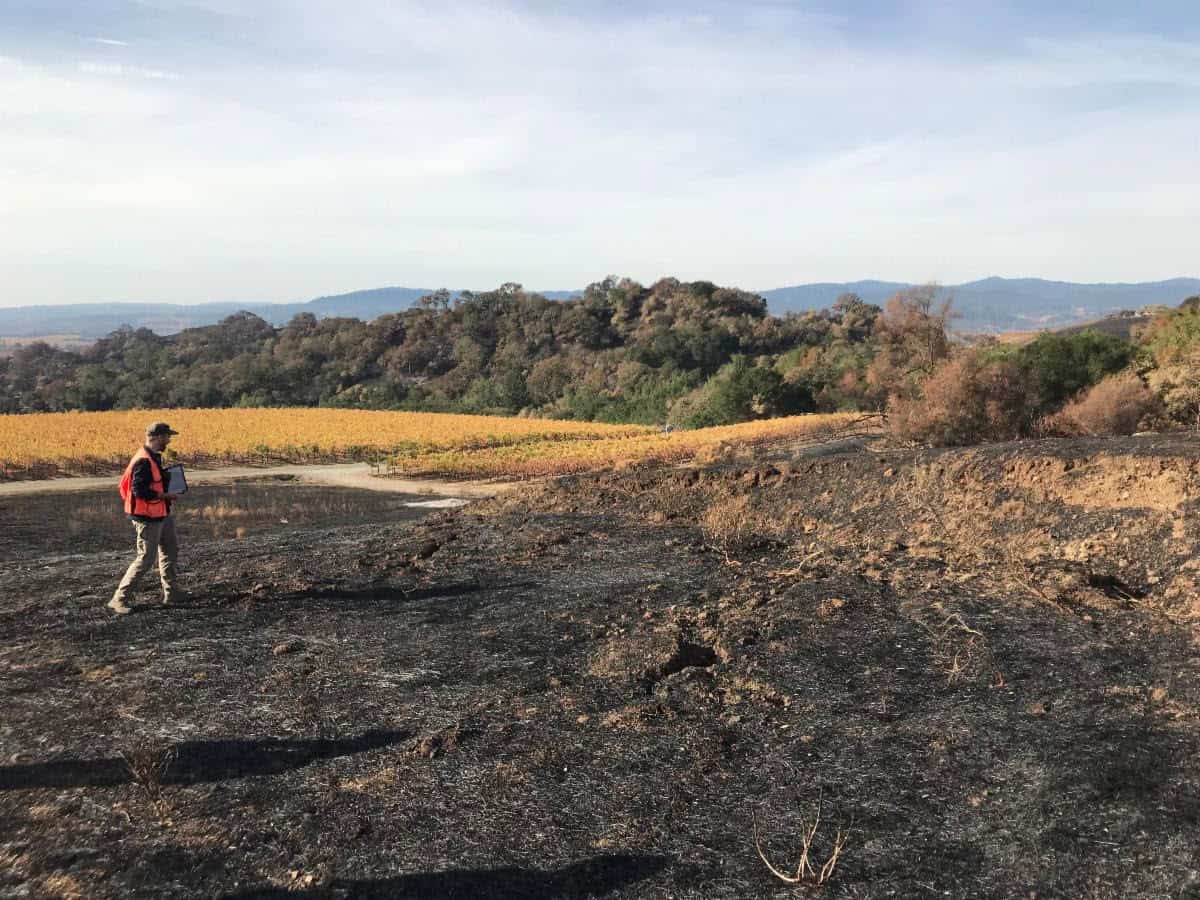A lot of folks burn but I’d guess the vast majority do not understand the dynamics…. Intensity of fire can make a big difference. Slow burning cool fires are very different than very hot. The burning of dead organic matter releases N but some nutrients (like Calcium) are not lost. Burning has a lot of +/-‘s & also is dependent on intensity, frequency & why it’s done & what setting. Impacts erosion, soil pores, organic matter composition, etc etc. Again- sometimes beneficial, sometimes not. I’ll leave out my opinions on it and wanted to fire up some nerdy data that is very well worth reading for those who are interested in these types of things ….
The only OPINION I’ll leave here…. A gazillion people burn with no real understanding of the short or long term ramifications or a real understanding of what burning does in a variety of settings & applications.
 www.aessoil.com
www.aessoil.com

 news.stanford.edu
news.stanford.edu
 forest.moscowfsl.wsu.edu
forest.moscowfsl.wsu.edu

 www.firesafesonoma.org
www.firesafesonoma.org

 northernag.net
northernag.net
The only OPINION I’ll leave here…. A gazillion people burn with no real understanding of the short or long term ramifications or a real understanding of what burning does in a variety of settings & applications.
How Do Wildfires Affect Soil? - Applied Earth Sciences
Wildfires have a significant impact on the properties of the soil. The heat of the fire burns away all of the vegetation and organic matter on the surface of the soil, which makes some nutrients more readily available to the soil while turning others into gases that are lost (chiefly nitrogen)...

Decades of increased burning depletes soil carbon
Long-term effects of repeated fires on soils found to have significant impacts on carbon storage in global greenhouse gas estimates.
Fire Effect on Soil
www2.nau.edu
THE EFFECT OF FIRE ON SOIL PROPERTIES
THE EFFECT OF FIRE ON SOIL PROPERTIES

How Does Wildfire Impact Soil Health? | Fire Safe Sonoma
As part of the North Coast Soil Hub's Fall/Winter 2020 newsletter, our CivicSpark Fellow Cailin Notch wrote a piece on wildfire's effect on soil health. Read the story here: California wildfires set new records this year, with a total of 1,492,128 acres burned as of Nov 1, 2020. The LNU...

Fire is GOOD for Soil, Right? Well, Not Always
by Clain Jones, Montana State University Soil Fertility ExtensionHundreds of thousands of acres of forest, rangeland and cropland have sadly gone up in smoke th


